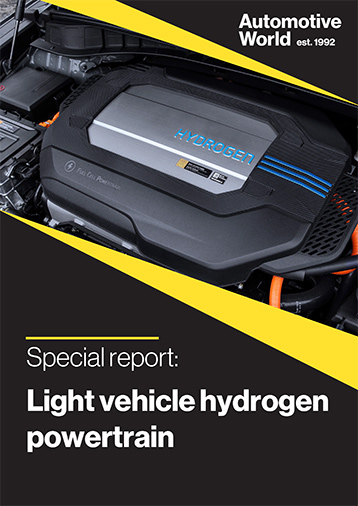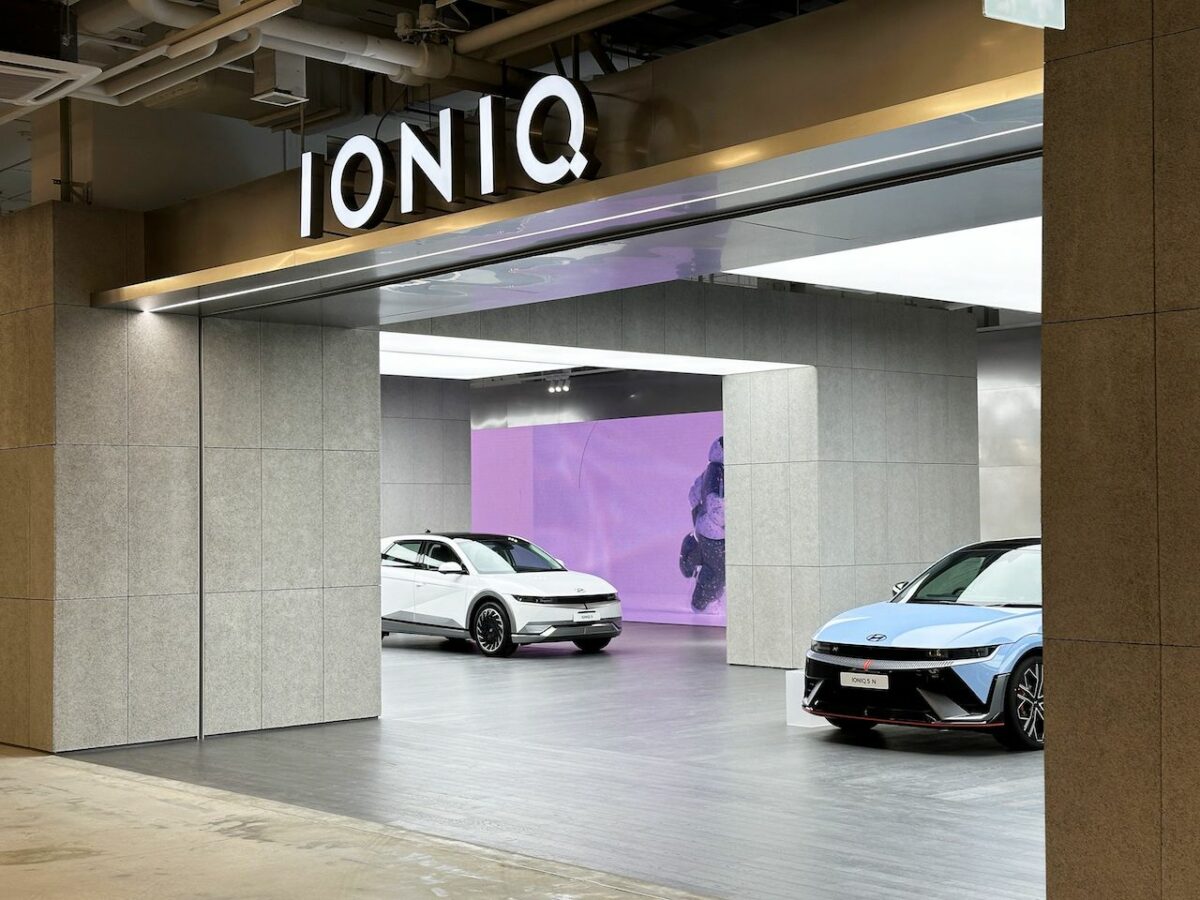A booming, UK-wide hydrogen economy could be worth £900m (US$962m) and create over 9,000 high-quality jobs by 2030, rising to 100,000 jobs and £13bn by 2050, according to the UK Government. In June 2021, the UK Department for Business, Energy & Industrial Strategy announced its plan to become a “world-leading hydrogen economy.” With government analysis suggesting that 20 to 35% of the UK’s energy consumption could be hydrogen-based by 2050, this new energy source could be critical to cutting carbon emissions by 78% by 2035 and eventually reaching net-zero.
 |
Accordingly, the UK is accelerating hydrogen adoption in its transport sector, with a “huge amount of research happening in the aviation sector, which is likely to trickle down into other transport uses,” says Sam Akehurst, Professor of Advanced Powertrain Systems and Deputy Academic Director of the Institute for Advanced Automotive Propulsion Systems (IAAPS).
The move towards hydrogen begins in applications that are hard to electrify
IAAPS is working on a programme with Jaguar Land Rover (JLR). In June 2021, the company announced a publicly funded demonstrator programme looking at the use of hydrogen fuel cell systems in a vehicle based on a new Land Rover Defender. The fuel cell electric vehicle (FCEV) is part of JLR’s goal to achieve zero tailpipe emissions by 2036 and net-zero carbon emissions across its supply chain, vehicles, and operations by 2039. The hydrogen powertrain’s benefits include high energy density, rapid refuelling, and minimal loss of range in low temperatures. This makes the technology ideal for larger, longer-range vehicles or those operating in hot or cold environments. Trials for the zero-tailpipe-emission prototype New Defender FCEV began at the end of 2021, testing key attributes such as off-road capability and fuel consumption. Akehurst believes that SUVs are a good match for the technology and “would benefit from hydrogen fuelling.”
JLR’s impact on Britain’s automotive and technology industries is substantial, with two major design and engineering sites, three vehicle manufacturing facilities, an engine manufacturing centre, and a battery assembly centre in the UK. Three of its seven technology hubs are in the UK—Manchester, Warwick and London. Its FCEV project is partly funded by the UK government-backed Advanced Propulsion Centre.
It’s time to log in (or subscribe).
Not a member? Subscribe now and let us help you understand the future of mobility.
Scroll
News
Magazine
Articles
Special Reports
Research
OEM Tracker
OEM Model Plans
OEM Production Data
OEM Sales Data
1 user
- News
- yes
- Magazine
- yes
- Articles
- yes
- Special Reports
- yes
- Research
- no
- OEM Tracker
- no
- OEM Model Plans
- no
- OEM Production Data
- no
- OEM Sales Data
- no
1 user
- News
- yes
- Magazine
- yes
- Articles
- yes
- Special Reports
- yes
- Research
- yes
- OEM Tracker
- yes
- OEM Model Plans
- yes
- OEM Production Data
- yes
- OEM Sales Data
- yes
Up to 5 users
- News
- yes
- Magazine
- yes
- Articles
- yes
- Special Reports
- yes
- Research
- yes
- OEM Tracker
- yes
- OEM Model Plans
- yes
- OEM Production Data
- yes
- OEM Sales Data
- yes
- News
- yes
- Magazine
- yes
- Articles
- yes
- Special Reports
- yes
- Research
- yes
- OEM Tracker
- yes
- OEM Model Plans
- yes
- OEM Production Data
- yes
- OEM Sales Data
- yes



